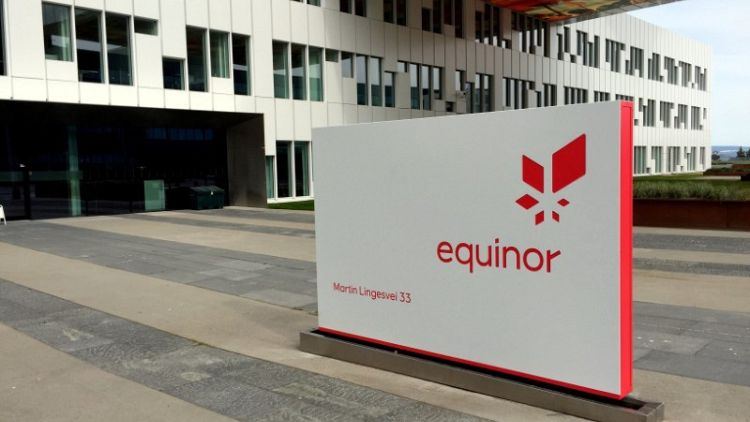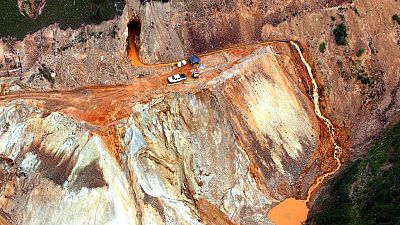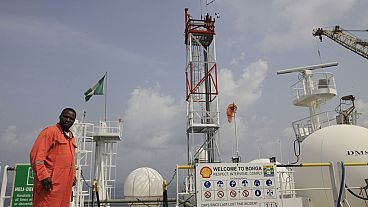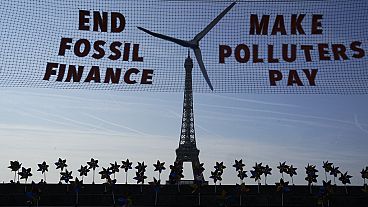By Nerijus Adomaitis
OSLO (Reuters) - Oil demand needs to halve, gas use must drop by 10% and coal use nees to be all but eradicated by 2050 to achieve the goals of the Paris agreement to limit global warming, oil company Equinor said in its energy outlook on Thursday.
Equinor's so-called Renewable energy scenario consistent with the Paris pact's goal of limiting warming to less than 2 degrees Celsius requires cumulative CO2 emissions at a little more than 770 gigatonnes (Gt) between 2017 and 2050.
Last year global energy-related carbon dioxide emissions, the main culprit behind global warming, rose for a second year running to hit a record high of 33.1 Gt, according to the International Energy Agency.
To stay on track with the Paris agreement, oil demand must peak in the early 2020s, falling to 52 million barrels per day (mmbpd) by 2050, Equinor said.
The company also said that new solar and wind power capacity needs to double by 2030, with a twentyfold increase in production of batteries for electric vehicles and energy storage.
The world would also need to build 1,500 new carbon capture, use and storage (CCUS) installations to capture 1.5 billion tonnes of CO2 under ground per year, compared with current capacity of about 40 million tonnes, it added.
Delivery of such measures represents an "enormous challenge" that will also require politicians to be willing to reinforce market developments and global coordination, Equinor said.
"It's not unthinkable that on a global level it may become necessary with coercion and sanctions to force non-compliant countries and regions to enact measures to reduce emissions," the company added.
Oil demand also peaks just before 2030, at 105 mmbpd, and declines to 93 mmbpd by 2050 under Equinor's central scenario, dubbed Reform, mainly as a result of transport electrification.
It continues to grow to 118 mmbpd until 2050 under the company's Rivalry scenario, which portrays a world in which populist and nationalist priorities drive policymaking and policies to limit climate change take a back seat.
While all three scenarios require investment in new oilfields to meet the future demand, proven recoverable reserves are painting a picture of "abundance", Equinor said.
Additional supply of 14-38 mmbpd under the Renewable scenario and 80-105 mmbpd under the Rivalry forecast will be required to meet future demand as supply from existing fields is falls by an expected 14-38 mmbpd by 2050, it added.
(Editing by David Goodman)



